Adopting a Kidney-friendly Diet
A kidney-friendly diet will help keep your body in balance and make sure that you get the nutrition you need to stay healthy.
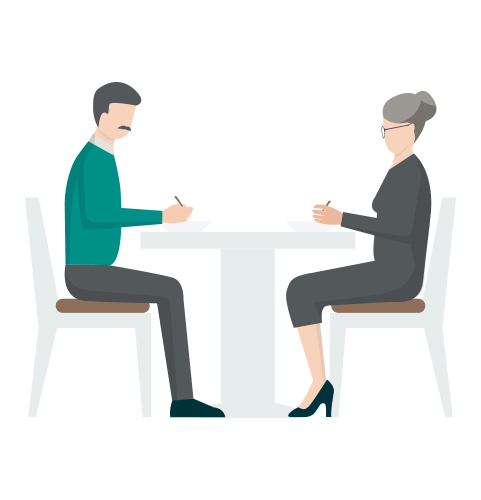
Understanding what you should and should not eat while on dialysis is an important part of treating your chronic kidney disease (CKD). Maintaining a balanced diet – including carbohydrates, fats, proteins, minerals and liquids – will provide you with a good foundation for staying healthy while on dialysis. Listening to your clinician or dietician’s advice about what your body needs is essential, particularly if it means changing some of your current habits.
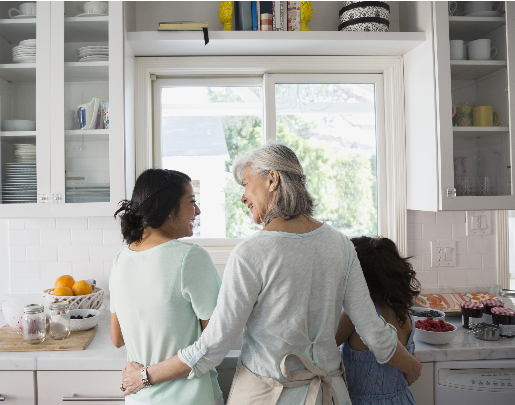
Adjusting Your Diet for Dialysis
As a patient starting dialysis treatments, you need to make many adjustments to your daily life. As your clinician may have told you, this can include changing what you eat and drink. Because your kidneys are not able to filter waste and extra fluid out of your body the way they should, your diet needs to exclude certain types of foods for your body to stay healthy and balanced throughout treatment.
Adopting a more kidney-friendly diet does not need to be a challenge. Being mindful of your dietary needs throughout your treatment journey can help you feel and do your best.
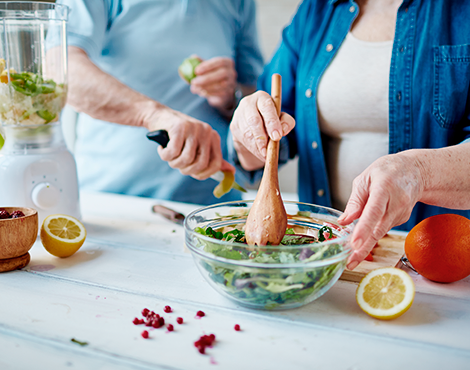
General Diet Guidelines on Dialysis
Specific dietary restrictions for dialysis differ from person to person. However, there are some general guidelines all patients should follow, whether on haemodialysis (HD) - including home haemodialysis (Home HD) - or peritoneal dialysis (PD).

Therapy-Dependent Diet Guidelines
Your optimal dialysis diet is determined by your age, weight, level of kidney function, and what type of dialysis you are on, as well as whether you have other health conditions – such as hypertension, high cholesterol, or diabetes. Dietary requirements are the same for people being treated with peritoneal dialysis (PD) and haemodialysis (HD), including home haemodialysis (Home HD). However, there are a few key differences to keep in mind.
Where to go next?
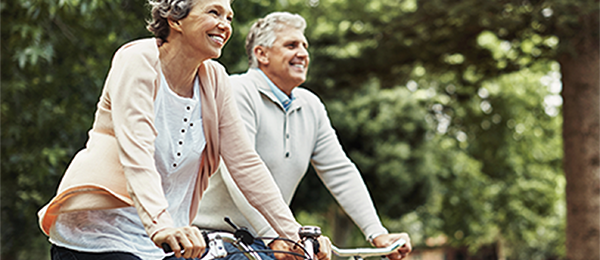
Exercising on dialysis
Exercising regularly while you’re on dialysis can help you feel physically and mentally strong. Learn more about ways you can stay active throughout your treatment journey.
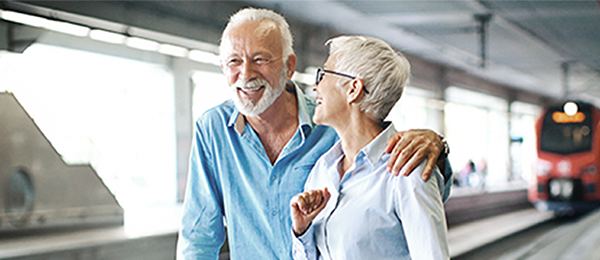
Traveling on Dialysis
It may be possible for you to continue traveling after your diagnosis. Learn more about traveling with chronic kidney disease (CKD).
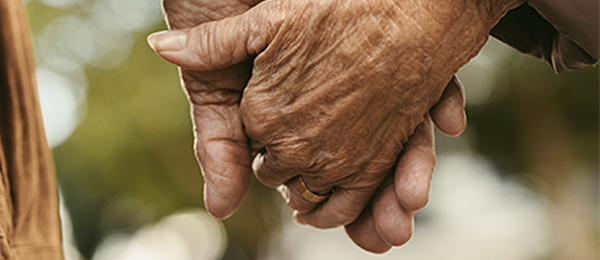
Intimacy
It is possible for you to maintain intimate relationships while you’re on dialysis. Learn more about intimacy and dialysis.